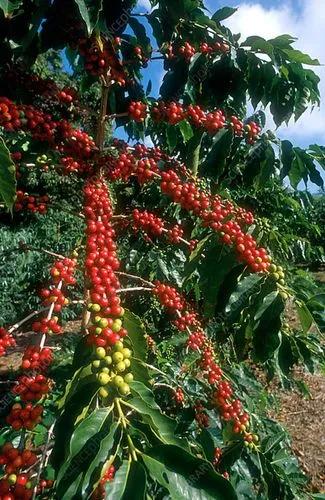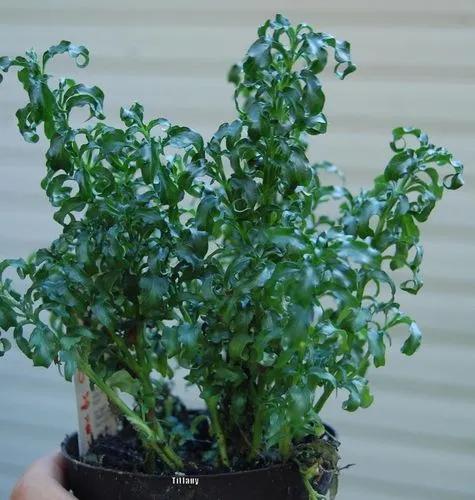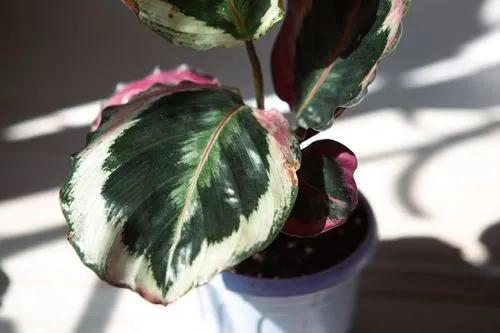Peperomia (radiator plant) is one of the two large genera of the family Piperaceae. Most of them are compact, small perennial epiphytes growing on rotten wood. More than 1500 species have been recorded, occurring in all tropical and subtropical regions of the world, though concentrated in Central America and northern South America. A limited number of species (around 17) are found in Africa. Though varying considerably in appearance (see gallery below), these species generally have thick, stout stems and fleshy leaves, sometimes with epidermal windows. Peperomia flowers typically come in yellow to brown conical spikes. These tropical perennials are grown for their ornamental foliage. They are mostly natives of tropical America. They are compact and usually do not exceed 12 inches (30 cm) in height. They vary considerably in appearance. Some have threadlike, trailing stems and some have fleshy, stout stems. The leaves are smooth and fleshy and may be oval with the leafstalk at or near the center of the leaf blade, or they may be heart-shaped or lance-shaped; their size may vary from 1–4 inches (2.5–10.2 cm) long.
Peperomia Care
Peperomia Angulata Rocco Scuro



How to Care for the Plant

Water

Peperomias need consistent moisture to maintain normal, healthy leaf growth, although water needs vary by season. Water the plants deeply but infrequently during the spring and summer, saturating the soil and then letting the top 1/2 inch dry out completely before watering again. Reduce watering by one-half in fall and winter when the weather is cool and growth is slow. Over time, potted peperomia plants may develop a crust of salt on the surface of their soil. Flush the soil with fresh water once or twice each summer to prevent salt buildup.

Pruning

Cut the stems off cleanly, just below the joint, using a sharp cutting implement. Leave only the two or three leaves at the tip of the stem, and remove any lower leaves. Dip the ends of the stems in a rootone rooting hormone

Fertilizer

Established peperomia plants require light to moderate feeding to support their growth. Use a balanced houseplant fertilizer with an N-P-K analysis of 20-20-20 applied at one-half the recommended strength. Add 1/2 teaspoon of fertilizer to 1 gallon of water, shaking it gently so it dissolves fully. Water with the solution every two weeks during the spring and summer, reducing this to once a month in fall and winter. Don't fertilize garden-grown peperomias in fall and winter. To avoid root and foliage damage, apply the fertilizer to moist soil and avoid splashing it onto the leaves.

Soil

Peperomia is perfect for beginners or forgetful gardeners. It prefers well-drained soil and indirect light. Water only when the soil feels dry to the touch. Fertilize regularly.

Temperature

Your Peperomia prefers temperatures between 55–80 degrees during the day and should not get colder than 55 degrees at night

Additional

Non-Toxic to Dogs, Non-Toxic to Cats

Popularity

877 people already have this plant 188 people have added this plant to their wishlists
Discover more plants with the list below
Related articles






